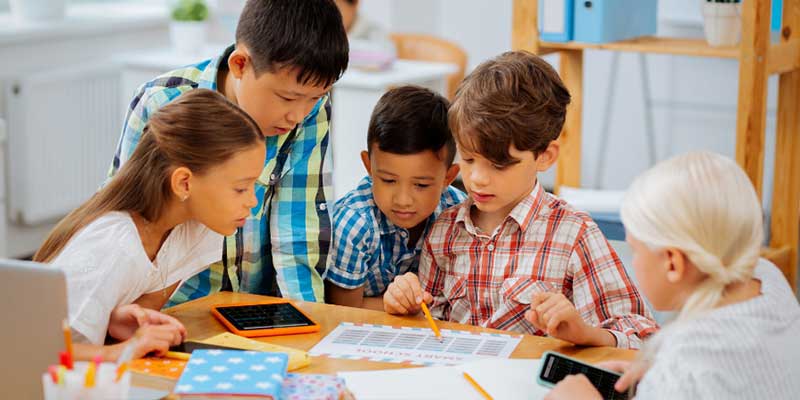What’s New
Student-Led Teaching or Not?

One of the hottest topics discussed in education these days is student-led teaching. Some are magnanimously positive about its results, while other are far more skeptic and swear by traditional teaching methods. So which one is best? Is it good for students to be self-led or does their education suffer as a result?
To decide which is best, we first must understand the major differences between student-led education and the more traditional, teacher-led education.
Student-Led Teaching
Classrooms that operate with student led teaching have more of a shared focus. Students do not listen exclusively to the teacher. Instead, there is the expectation of a much more equal relationship, where both interact with the other. These classrooms are more likely to engage in group activities, where students learn to collaborate and communicate with the teacher as well as the other students.
Pros:
- Students tend to be more interested in learning activities when they are allowed to interact and participate actively with one another.
- Students learn to communicate and work effectively with others through group work.
- Students learn to be in charge of their own learning, completing assignments and asking questions as needed.
Cons:
- These classrooms tend to be rather loud and chaotic at times.
- Students may progress in their projects at varying speeds, causing the teacher to possibly manage all stages of one activity at the same time.
- Some students may miss important facts or steps, as the teacher does not always instruct the class in one group, at one time.
- Some students still prefer to work alone, leaving group work to be problematic.
Teacher-Led Education
Just as student-led education is led more by the student, so teacher-led education is controlled more by the teacher. Here, students are expected to learn by listening and focusing solely on the teacher. While there may be some group projects, most work is done alone.
Pros:
- These classrooms tend to be more orderly. Students are quiet for the most part and the teacher is full control of all aspects of the classroom.
- Since most work is done on their own, students learn independence and to make their own decisions.
- All students receive the same instructions with the likelihood of nothing being left out.
Cons:
- Students do not learn to work or communicate with others as well, because they are expected work alone.
- Students overall tend to find this kind of classroom instruction more boring and are less likely to pay full attention, causing them to possibly miss important facts or steps.
- Students do not learn to express themselves as well, including asking questions when they need assistance.
So which one is best? Or do they both have some equally important factors for learning? Many teachers have found that mixture of the two is the perfect environment for most children to learn in their classrooms. A healthy balance of children independence and teaching them to rely on others is crucial to their development. This also allows children who may work and learn differently the opportunity to excel.
For more tips on childhood education click here.


